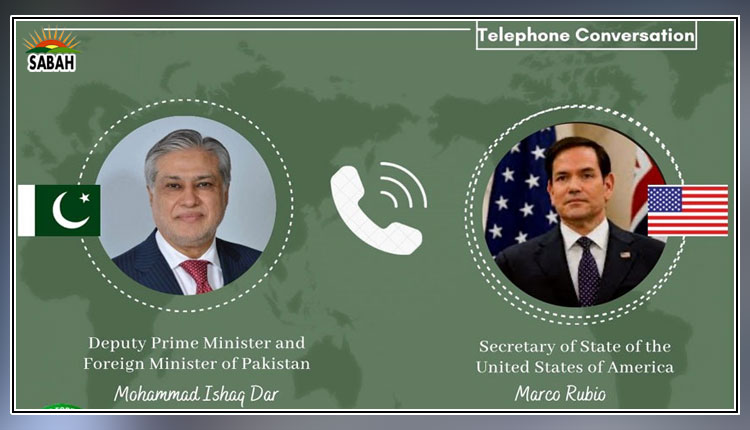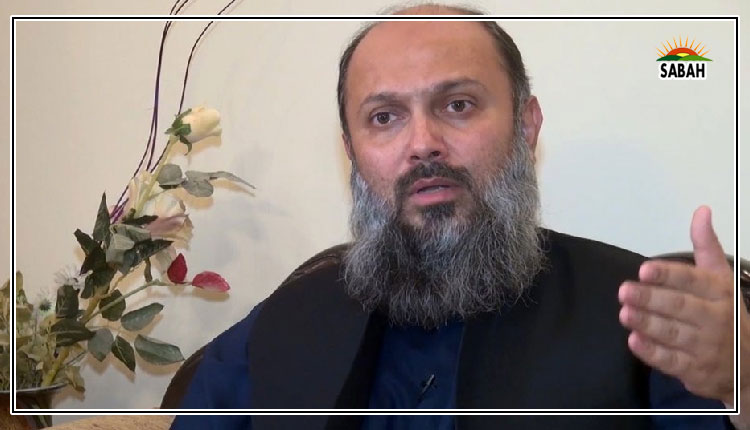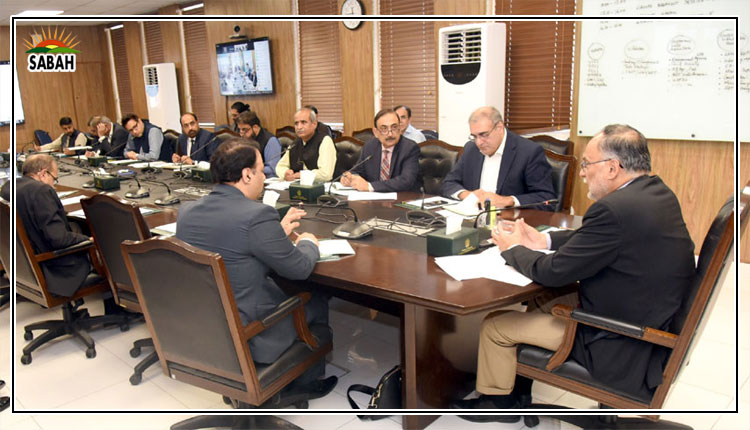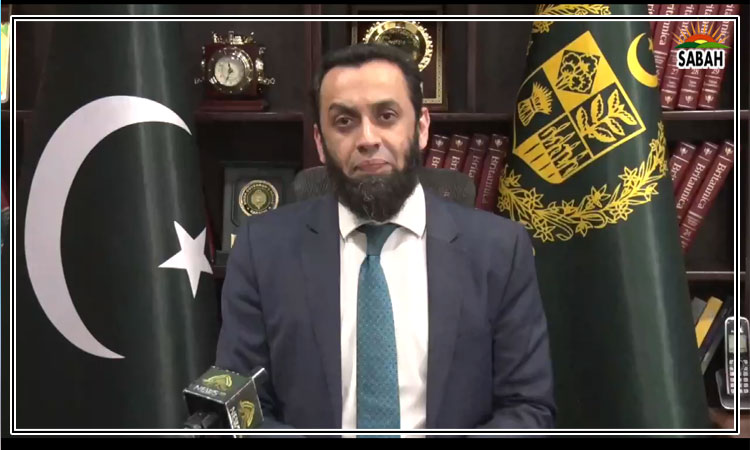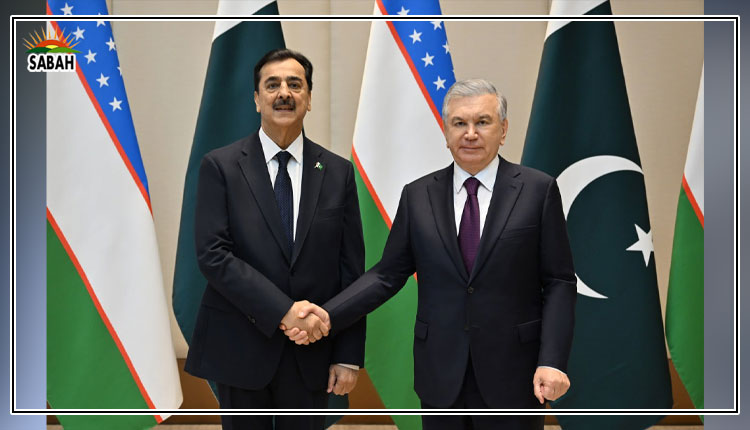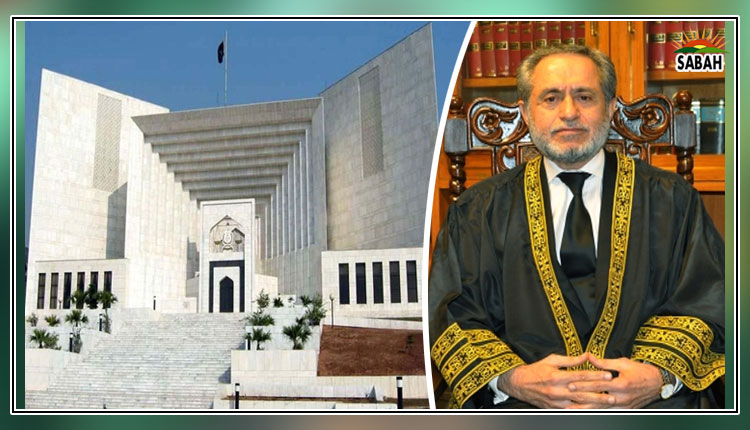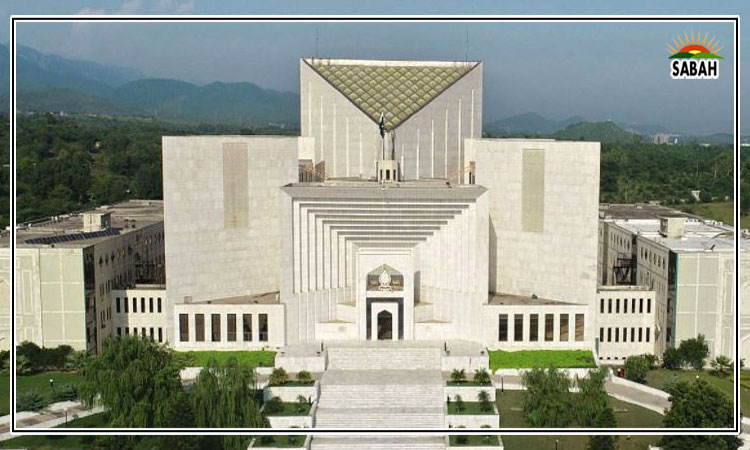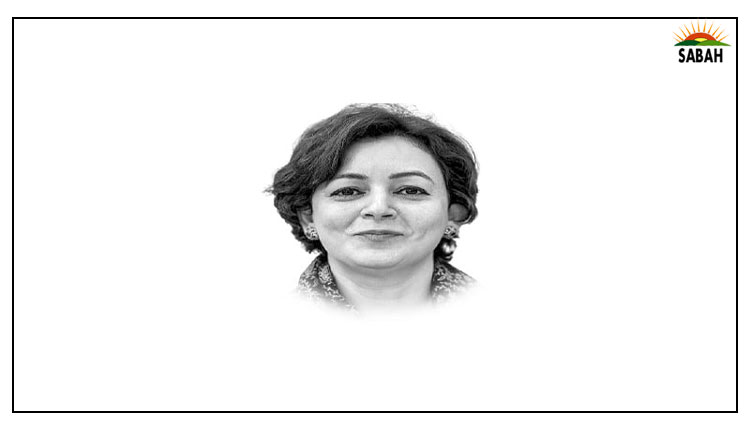A master of portraiture in charcoal … Sadia Pasha Kamran
Dear Prof Zhao Yingming,
Thank you for your kind visit and for making a portrait sketch. Frankly, it was tough to sit quietly and model for another artist. I had a fair understanding of a life-drawing session where the artist draws from a live model, yet it was only this time when I truly realised the significant role of the sitter in a portrait. I hope you did not find me as an annoying amateur model changing angles and expressions every two minutes. Hats off to the unsung heroes of academy art who sit for hours for a living. I wonder what they think while posing. I thought of Jackie Chan’s mischievous yet righteous smile that you carry. Your drawing too, equates to similar playful action and an excitement of discovery. I also ruminated over Dr Ajaz Anwar’s lectures on the Great Wall of China, the Ming Dynasty’s earthenware and Qin Shi’s terracotta army buried to protect him in the afterlife. Dr Shaukat Mehmood also added to this fascination while sharing snapshots of his visits to China. Thanks to Dr Yang and the China-Pakistan Educational & Cultural Exchange Institute, experiencing Chinese history ‘in person’ is a livable dream.
The said portrait has received interesting comments from social media critics. Well, most of my friends like it appreciating your skill of capturing the spirit and likeness in charcoal, a difficult medium to handle. To some, I look 20 years older. I shall take it as a compliment. Perhaps you rightly gauged my wisdom, intellect and understanding of life which is much more than the number of years I have lived. Portrait painting has never been about resemblance or documentation of facial features, expressions and moods. It is a complete character study. It can be an engaging, revealing personality test, a document of history; informing about the status and power of the sitter or the trends of the time. It involves the politics of representation and informs about scientific and technological developments.
By the 19th century, the invention of photography revolutionised portraiture. No longer constrained by hours of sitting and the artist’s interpretation, photographs offered a quicker, more accurate representation. More recently, with the rise of digital technology, portraiture underwent another transformation. In this digital age, Photoshop, and other editing tools have allowed artists to manipulate images in unprecedented ways, blurring the lines between reality and imagination. Artists use these tools to create portraits that comment on identity, gender roles and societal expectations. Smartphone users can capture and share their portraits, curating their online identity.
This letter calls for an inquiry into portraiture in Pakistan. Regardless of the myth that portrait painting is haram in Islam, we have remarkable works that require probing. Shall write to Sir Saeed Akhtar soon.
Bano
Courtesy Express Tribune


